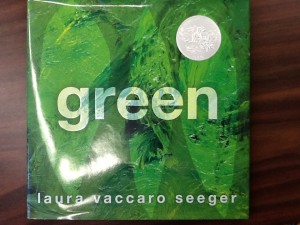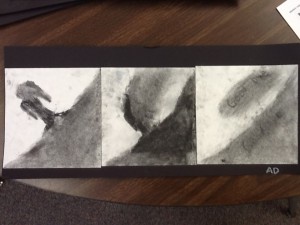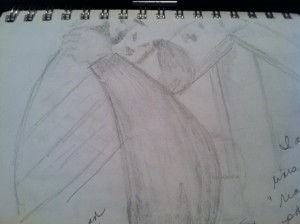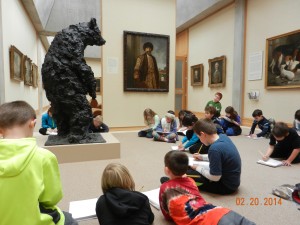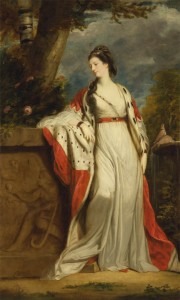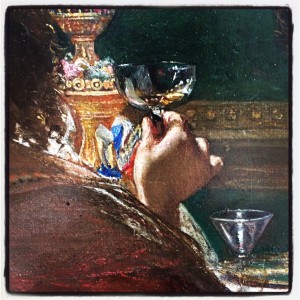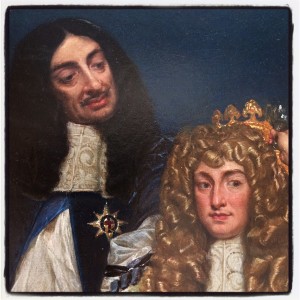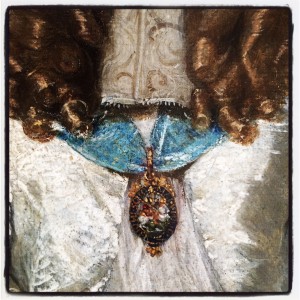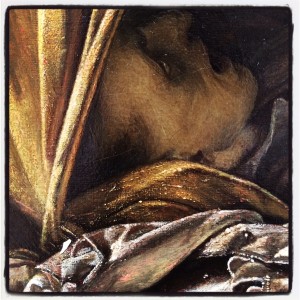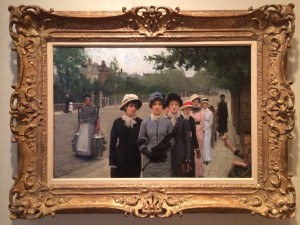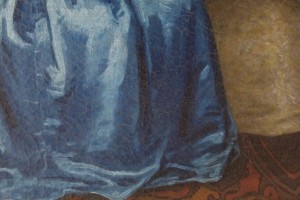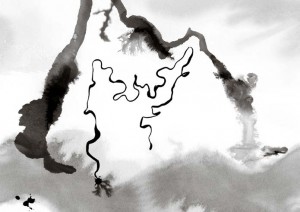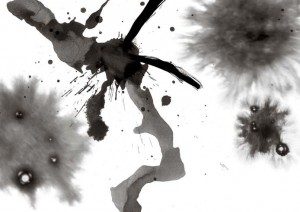-Patti Darragh
Noticing the connection between text and illustrations in picture books is a great way to generate writing and gather ideas for new writing pieces.
As with all visual literacy strategies, start with the art.
Notice how the text supports the art and how the art makes the reader understand the text more deeply. (Note the common core implication here!)
Green by Laura Vaccaro Seeger
Explores one color and names it in a variety of creative ways. Also shows how the shades of green are found in many things and relates objects to one another.
This book offers a creative way to build vocabulary and make associations between objects, themes and concepts. (OMG, more common core!)
Extend the idea; if you can do it with green-you can do it with any color!
Doodle by Rita Golden Gelman, Illustrated by Paul O. Zelinsky
I love using this book with students. The idea is to follow a stream of consciousness in gathering ideas for a story. It is also a great example of alliteration.
I have students use a long strip of folded paper and black felt tip pens. They can add color later if they like. But the felt tips have a way of gliding over the paper that encourages the flow of ideas. (Can you believe it? Sequencing…Common Core AGAIN!)
The idea is to focus on line and connect ideas to each folded page. This student used alliteration and line. I love the second fold that highlights spinning actions and the third showing sound in “tappers tapping”.
Any book by Chris VanAllsberg
Examine his illustrations (especially the black and white) to talk about line, shading and texture and how they all contribute to tone. (Need I say, CCSS?)
One activity is to create a 3-4 panel sequence using charcoal and one or more of the following: white, gray, or black: colored pencils, crayon, oil pastels
Have the students experiment with the mediums before creating their own pictorial stories on the panels. Each time I do this, I learn something new from the kids that they discovered during exploration. Sharing their ideas and discoveries builds community and brings excitement to the process.
Sequence in charcoal:
